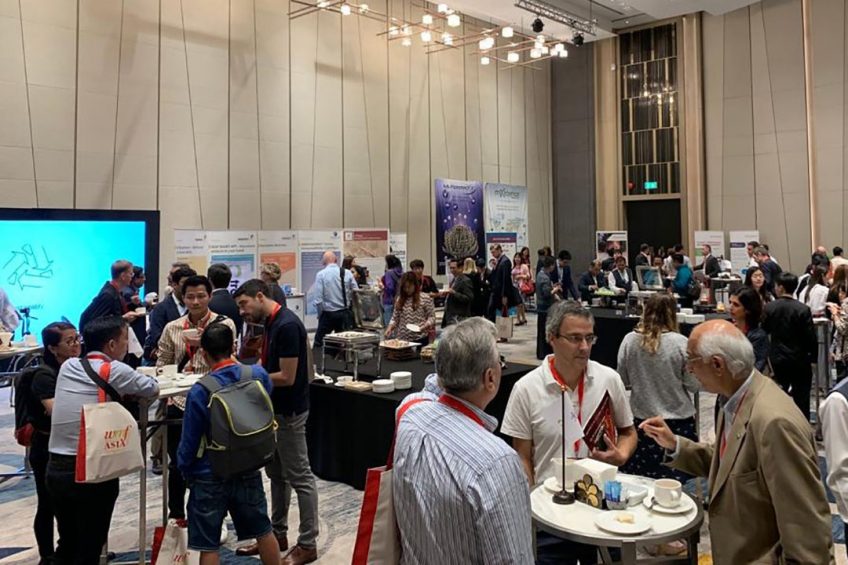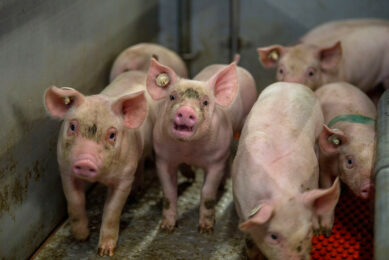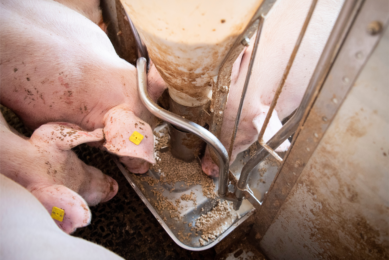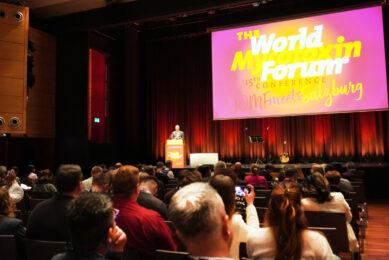WMF: The mycotoxin situation in Asia

The latest edition of the World Mycotoxin Forum took place in a continent where the platform hadn’t been before: Asia. In Bangkok, Thailand, researchers shared knowledge late January 2020, on how to cope with threats and challenges posed by mycotoxins in Asia.
Despite all efforts to prevent the occurrence of mycotoxins, Asia animal feed has been widely contaminated with mycotoxins in recent years, this is according to a a large-scale survey carried out by Biomin Research Centre. “92% of the samples were contaminated with at least one mycotoxin and 88% of the samples were co-contaminated,” stated Dr Gerd Schatzmayr of Biomin Research Centre.
The survey consisted of 24,455 samples from 17 Asian countries from 2008 to 2019. Prevalence and mixtures of co-contamination of mycotoxins varied between regions. In East Asia the mycotoxins desoxynivalenol (DON), zearalenone (ZEN) and fumonisins (FUM) appear to be more prevalent, whereas in South Asia and South East Asia aflatoxin B1 (AFB1) plays an important role. Schatzmayr: “In South Asia and South East Asia, 76.8% and 51% of the samples were positive for AFB1. More concerning is the fact that 40% of the South Asia samples and 20.6% of the South East Asia samples exceeded the EU maximum level for AFB1 in feed. AFB1 can be seen as a major risk for animal health in these regions.”
Contamination of staple crops with mycotoxins will influence yield and nutritional quality. Since most of Asia is highly dependent on rice, food security will be threatened.” – Prof Naresh Magan of Cranfield University, UK
Impact on food safety and security
In addition to the risk of mycotoxins to animal health, the risk to human health and food security is perhaps even greater in Asia. According to Prof Naresh Magan of Cranfield University, UK, climate change will have a high impact on Asia’s food safety and security. “It’s expected that Asia will face changing temperatures, elevated CO2 levels and weather events such as extreme rainfall and droughts. These factors will influence the mycotoxin contamination of staple crops such as rice and maize. Contamination of staple crops with mycotoxins will influence yield and nutritional quality. Since most of Asia is highly dependent on rice, food security will be threatened.”
The use of mobile devices will open new ways of mycotoxin testing, analysing and mostly sharing of data.” – Ronald Niemeijer, R-Biopharm
Real-time testing
The testing on mycotoxins also needs attention. Unavailability of a standardised or validated sampling procedure seems to be a challenge and sampling protocols need to be standardised. Also instead of testing large numbers of end-products for mycotoxin contamination it would be more pro-active to test real-time at field level, according to Ronald Niemeijer, R-Biopharm, Germany. “The use of mobile devices will open new ways of mycotoxin testing, analysing and mostly sharing of data. Data can be available from everywhere in real-time, which will help to create more precise predictive models. An easy to use, mobile tool will be essential.”
Mycotoxin Knowledge Centre: All you need to know about mycotoxins, from the regulations for mycotoxins to the impact on livestock health plus much more!
5 takeawaysDuring the last day of the World Mycotoxin Forum in Bangkok the main outcome of the conference was summarised, providing an insight into the mycotoxin situation in Asia. Prof Rudolf Krska of BOKU University, Austria and Prof Chris Elliott of Queen’s University, Northern Ireland, both chairs of the conference, summarised the conference in top-5 answers learned:
|











